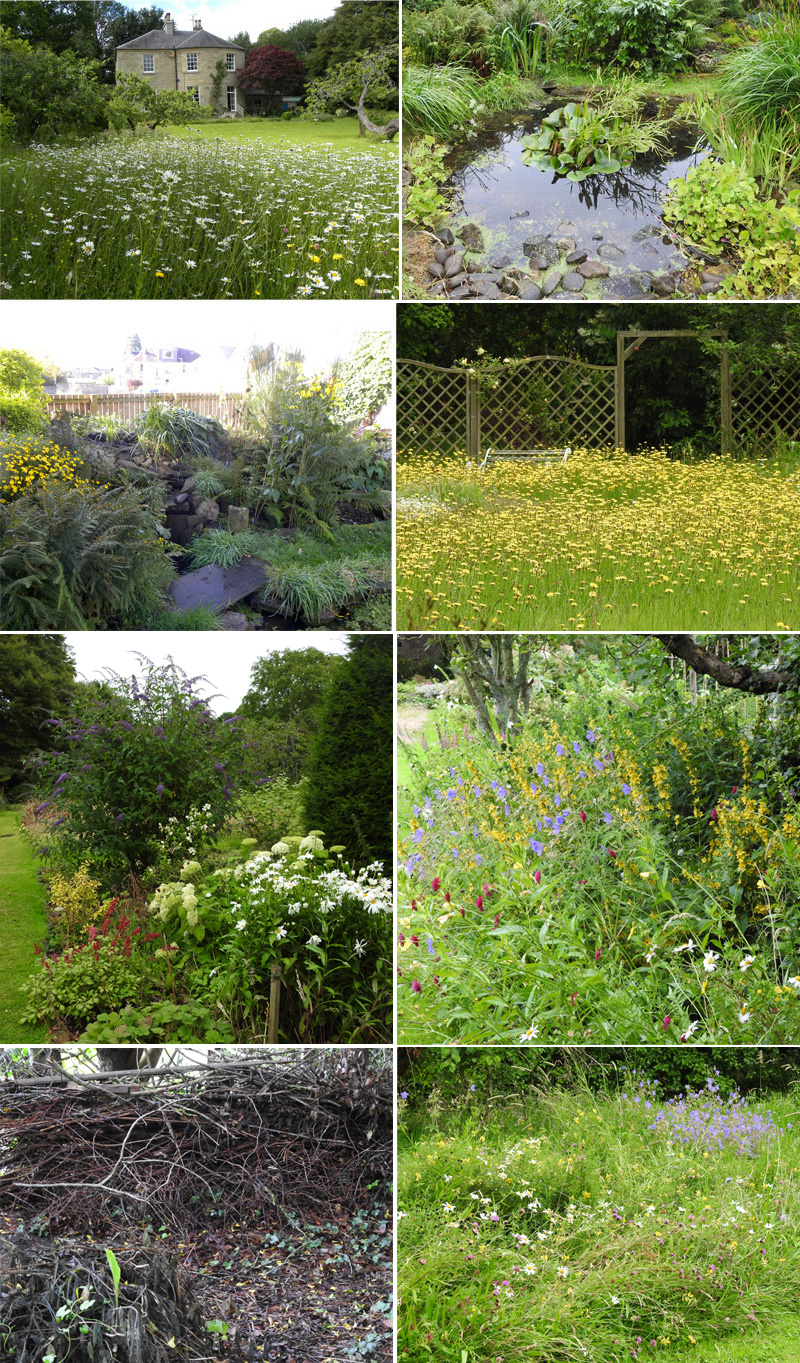
An informal survey of the plant and animal life living in or visiting the grounds of Pointfield, Kelso from 2015
The grounds at Pointfield
Pointfield is a Georgian grade II listed building that occupies about 1 acre of land stretching down to the North bank of the River Tweed on the outskirts of the town of Kelso. Initially the plot was used for market gardening but since 1830 it has been the garden to a private residence, ‘Pointfield’. Since 2015 we have been developing the grounds to encourage a diversity of wildlife. The grounds currently encompass a variety of habitats - a pond, an unimproved short-grass meadow, a vegetable plot, wooded areas, rockeries, nettle patches and both formal and informal (native plant) borders. Veteran orchard trees (apples, pears, plums) occupy a major part of the grounds and there is a massive cut-leaf beech tree. Walnut and hazelnut trees were planted in the 1980s.
Early history